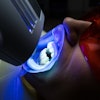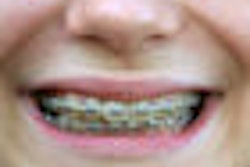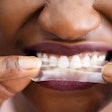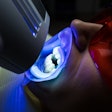How clinicians respond to the wishes of young patients who are required to wear removable appliances can have a crucial impact on compliance, according to a new study (Journal of Orofacial Orthopedics, March 2010, Vol. 71:2, pp.108-116).
Researchers at Eberhard Karls University surveyed 140 patients with a mean age of 11.97 years who were undergoing orthodontic treatment with removable appliances. The patients expressed their wishes about wear times and wear-time instructions in a questionnaire.
Among the study findings:
- The majority of the respondents preferred wearing their appliances overnight only and did not want their practitioners determining the length of the appliance wear.
- The acceptance of wear times as determined by the dental practitioner was accepted by 58% of the girls but only 28% of the boys.
- Willingness to wear a removable appliance increased markedly when the orthodontic objectives included offering patients the prospect of an improvement in their appearance.
- Of the total respondents, 21% of boys and 32% of girls said they would wear a recently developed removable appliance with an integrated microsensor that provides an objective measure of appliance wear times.
- Nearly half of the respondents only agreed to wearing an appliance with an integrated microsensor if it would shorten the treatment period.
"Society's growing openness toward electronic devices does not yet appear to be reflected in the desire of young patients for braces with an integrated microsensor," the authors concluded.
Copyright © 2010 DrBicuspid.com



















